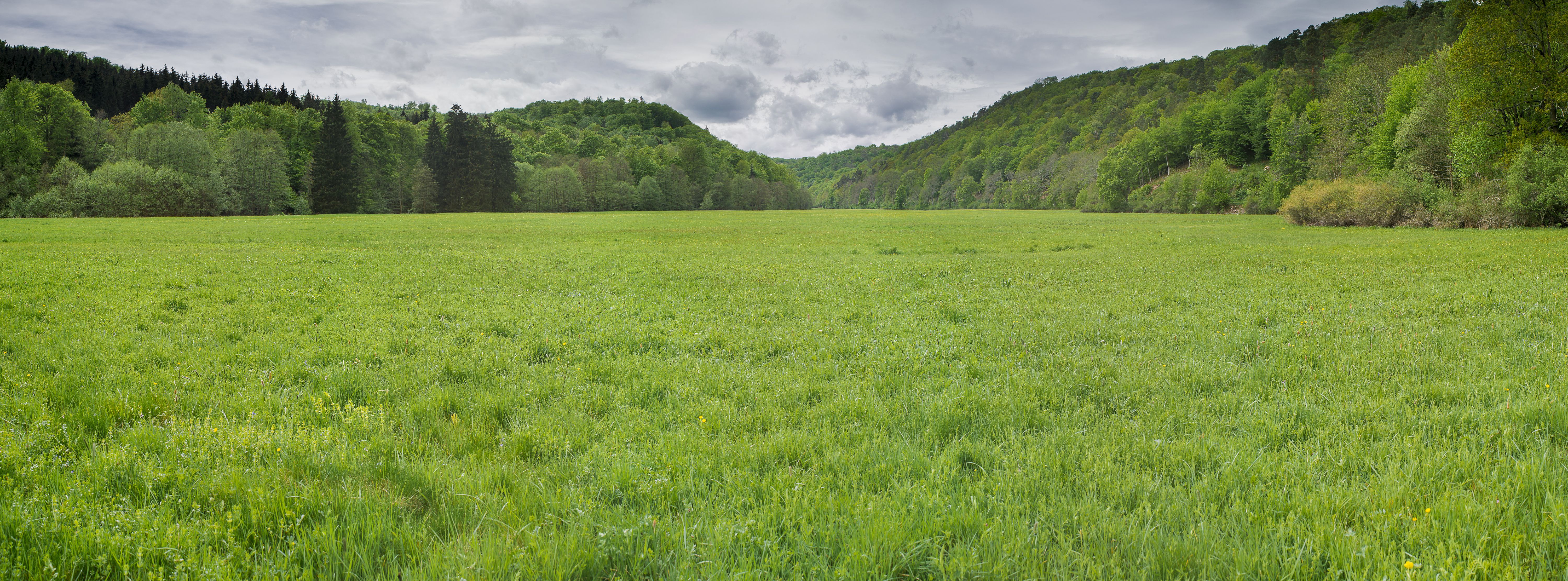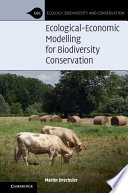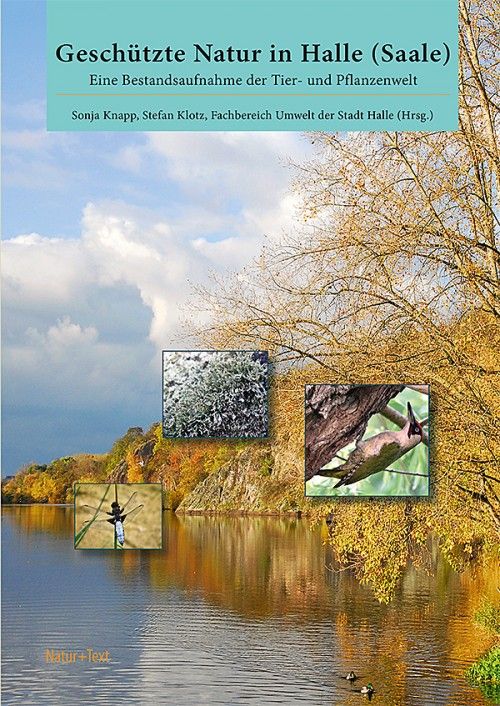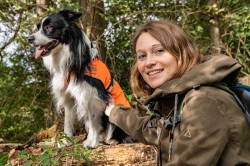
News & Highlights
The IP Newsletter will provide information regarding the progress of the IP-works. It informs about ongoing processes and decisions as well as highlights and events. Its content is the result of the close consultation of IP-Speaker, Manager and WP-Leaders.
IP Land Use Conflicts - Newsletter
Media
 NEW RELEASE
NEW RELEASE Ecologists and economists both use models to help develop strategies for biodiversity management. The practical use of disciplinary models, however, can be limited because ecological models tend not to address the socioeconomic dimension of biodiversity management, whereas economic models tend to neglect the ecological dimension. Given these shortcomings of disciplinary models, there is a necessity to combine ecological and economic knowledge into ecological-economic models. Gradually guiding the reader into the field of ecological-economic modelling by introducing mathematical models and their role in general, this book provides an overview on ecological and economic modelling approaches relevant for research in the field of biodiversity conservation. It discusses the advantages of and challenges associated with ecological-economic modelling, together with an overview of useful ways of integration. Although being a book about mathematical modelling, ecological and economic concepts play an equally important role, making it accessible for readers from very different disciplinary backgrounds. |
 NEW RELEASE
NEW RELEASE Cities are often home to a variety of habitats and animal and plant species. Nevertheless, numerous biotopes and species are lost through sealing and building development. Still, other species cannot cope with the insular character of urban green spaces, pollutants and the urban climate. At the same time settlements are taking up more and more space worldwide. But the protection of biodiversity must not be limited to rural areas. After all, urban nature offers space for recreation, fresh air axes, unsealed flood plains, cooling on hot days and the opportunity to experience animals and plants in our everyday lives. The planning of protected areas at the beginning of the 1990s included an "inventory" of the animal and plant species in the areas already protected or designated as protected areas the areas provided for. How has biodiversity developed since then? Are protection efforts successful? This book examines these questions. It presents the results of a new inventory in which the occurrences of weaver spiders, dragonflies, grasshoppers and grasshoppers, cicadas, bugs, beetles, moths, amphibians, reptiles, birds, bats, fungi, lichens, mosses and vascular plants in the Halle conservation areas were examined between 2015 and 2017. |
November 7, 2019 - Press releaseOn November 6, one of six Helmholtz Doctoral Prizes 2019 was ceremonially presented by the President of the Helmholtz Association, Prof. Otmar D. Wiestler, to Dr. Annegret Grimm-Seyfarth of the UFZ. The award is for her dissertation, which she completed last year with summa cum laude. The biologist has been researching the effects of global warming on vertebrates for almost ten years. While her first studies were on swallows, she focused on Australian reptiles for her doctorate. After graduating, she is now on the trail of amphibians in the Leipzig floodplain landscape Copyright: André Künzelmann
Copyright: André Künzelmann
|
